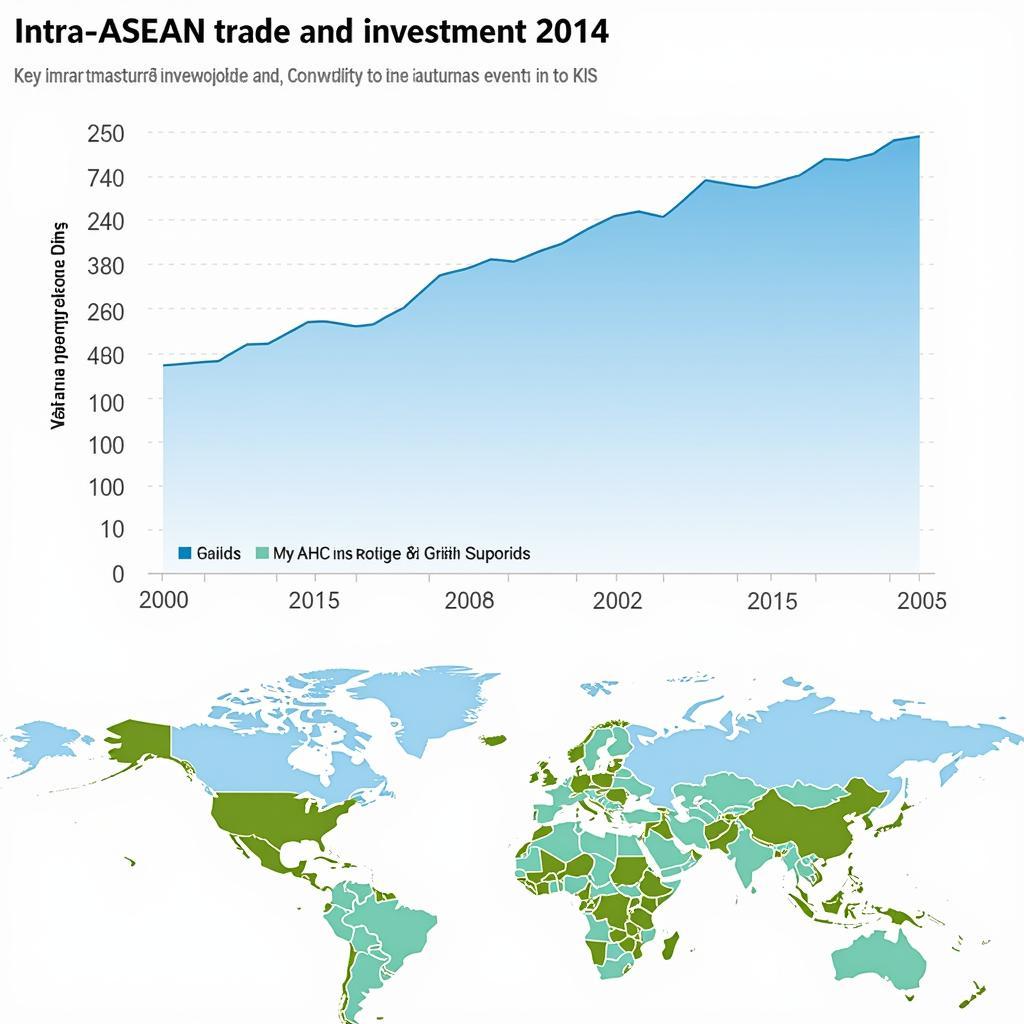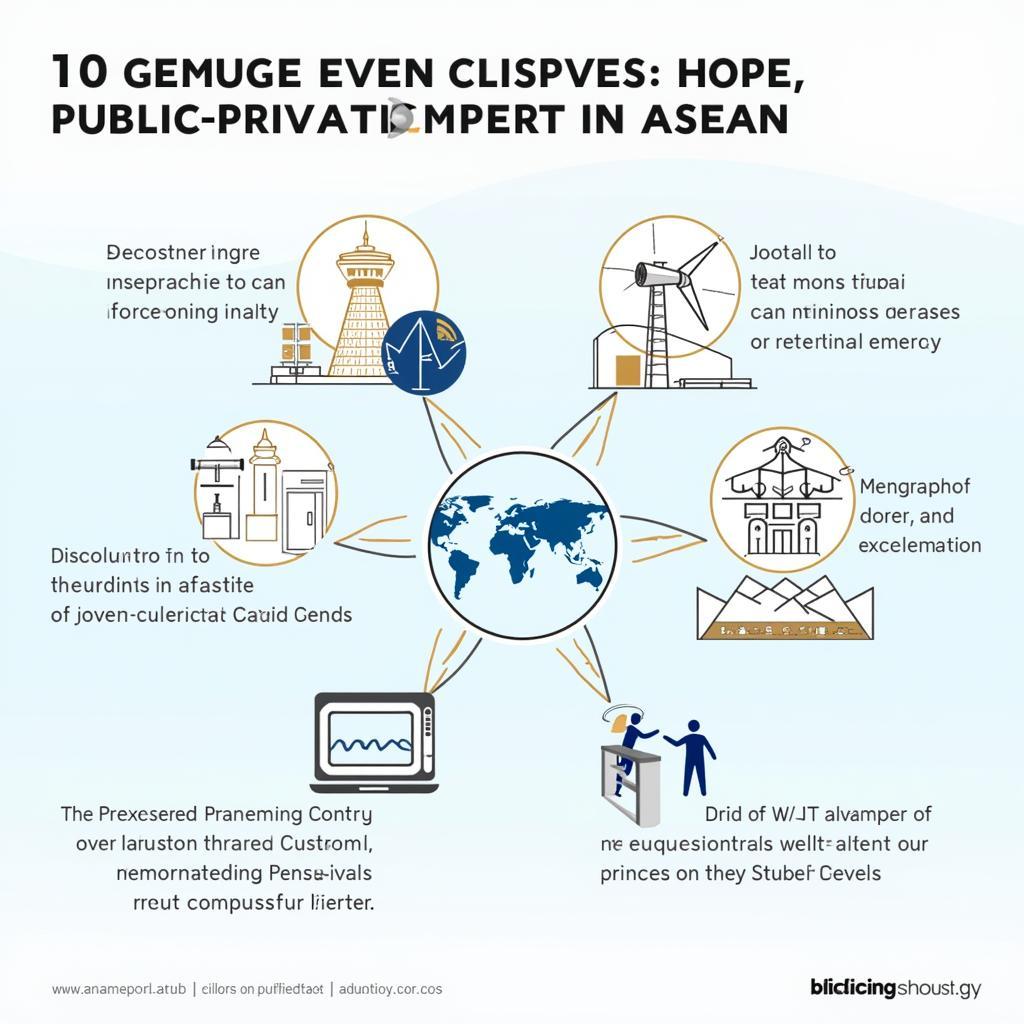The Association of Southeast Asian Nations (ASEAN) celebrated its 50th anniversary in 2017, marking a significant milestone in the region’s journey toward integration and cooperation. Over the past five decades, ASEAN has made remarkable progress in promoting economic growth, fostering peace and stability, and enhancing the lives of its citizens. However, as ASEAN enters a new era of development, it faces a complex web of challenges and opportunities that require careful navigation and collective action. This article delves into the multifaceted “Asean 50 Issues,” exploring the key challenges and opportunities that will shape the region’s future.
Economic Integration and Competitiveness: Striking a Balance
One of the most pressing issues confronting ASEAN is the need to deepen economic integration while ensuring competitiveness in the global arena. The ASEAN Economic Community (AEC) Blueprint 2025 outlines an ambitious roadmap for creating a single market and production base, but significant disparities in economic development, infrastructure, and regulatory frameworks persist among member states.
ASEAN needs to accelerate the implementation of the AEC Blueprint, focusing on areas such as trade facilitation, investment liberalization, and harmonization of standards and regulations. At the same time, it is crucial to address the development gap between member states through initiatives that promote inclusive growth and equitable distribution of benefits.
“ASEAN must prioritize inclusive growth, ensuring that the benefits of economic integration are shared by all segments of society, particularly the most vulnerable,” says Dr. Nguyen Minh Phong, a leading economist specializing in ASEAN economic integration.
Geopolitical Dynamics and Regional Security: Maintaining Stability Amidst Uncertainty
The geopolitical landscape in Southeast Asia is becoming increasingly complex, with great power rivalry, maritime disputes, and non-traditional security threats posing significant challenges to regional stability. ASEAN’s principle of non-interference in the internal affairs of member states, while crucial for maintaining unity, has also been perceived as a constraint on its ability to effectively address these emerging challenges.
ASEAN needs to strengthen its mechanisms for dialogue, consultation, and conflict prevention. Enhancing cooperation in areas such as counterterrorism, cybersecurity, and maritime security is essential to address common threats. Moreover, ASEAN must find a way to engage with external partners constructively while upholding its centrality and unity in regional affairs.
Sustainable Development and Environmental Challenges: Balancing Growth with Sustainability
As ASEAN economies continue to grow, so too does the need to address pressing environmental challenges such as climate change, deforestation, pollution, and resource depletion. These issues not only threaten the region’s natural environment but also pose significant risks to human health, livelihoods, and economic development.
ASEAN needs to integrate environmental sustainability into its development agenda, promoting green growth strategies and implementing policies that mitigate climate change and conserve biodiversity. This will require greater investment in renewable energy, sustainable infrastructure, and circular economy models.
Social Development and Human Capital: Empowering People for a Prosperous Future
Investing in human capital is essential for ASEAN to achieve its full potential. The region faces challenges related to education and skills development, healthcare access and affordability, social protection, and gender equality. Addressing these issues is crucial for building a more resilient and inclusive society.
ASEAN needs to prioritize investments in education and training programs that equip its workforce with the skills needed for the digital economy. Expanding access to quality healthcare, strengthening social safety nets, and promoting gender equality are also essential for ensuring that all citizens can participate in and benefit from the region’s growth.
Institutional Strengthening and ASEAN Identity: Forging a Shared Future
As ASEAN navigates these multifaceted challenges, it is imperative to strengthen its institutional capacity and foster a stronger sense of community and shared identity among its people. This includes enhancing the effectiveness of ASEAN institutions, improving coordination among different sectors and stakeholders, and promoting greater people-to-people connectivity.
Conclusion: ASEAN at 50 – A Journey of Progress, a Future of Promise
ASEAN’s journey over the past 50 years is a testament to the power of regional cooperation. While significant challenges lie ahead, the opportunities are equally immense. By addressing the “ASEAN 50 issues” with unity, innovation, and a shared commitment to progress, ASEAN can continue its remarkable journey toward a more prosperous, peaceful, and sustainable future for all.
FAQs about ASEAN 50 Issues:
1. What were the main achievements of ASEAN in its first 50 years?
2. What are the biggest challenges facing ASEAN in the next 50 years?
3. How can ASEAN promote sustainable development and address environmental challenges?
4. What role can technology play in addressing ASEAN’s development challenges?
5. How can ASEAN strengthen its institutional capacity and regional identity?
Need Help? Contact Us:
For any inquiries or support related to ASEAN, please reach out to us:
Phone: 0369020373
Email: [email protected]
Address: Thon Ngoc Lien, Hiep Hoa, Bac Giang, Vietnam
Our dedicated customer support team is available 24/7 to assist you.


